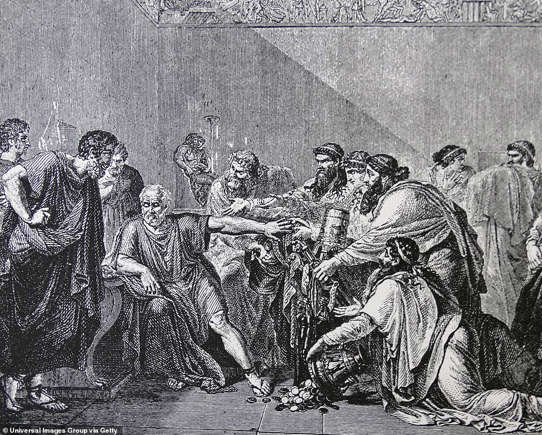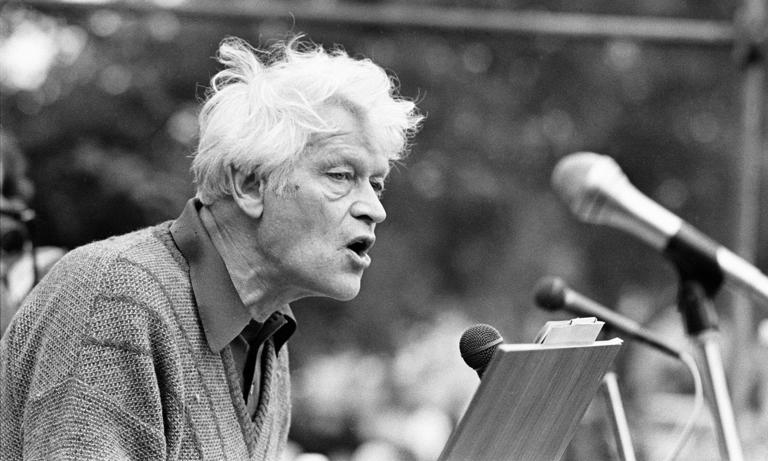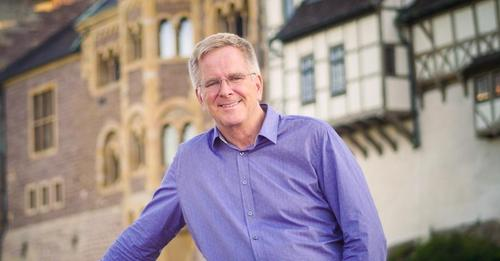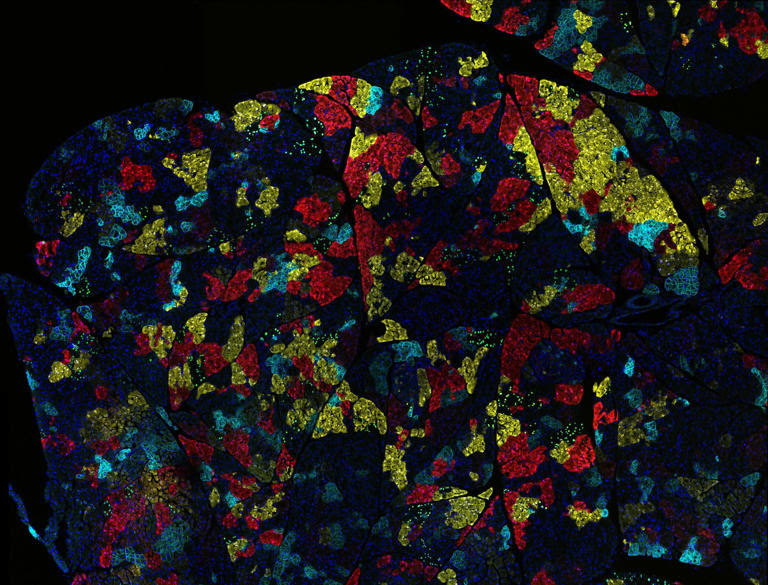
Scientists are warning that a record-setting drought in the Amazon rainforest
shouldn’t be written off as an anomaly. Scientists warn that a disturbing trend in
the Amazon Rainforest is not an isolated anomaly: ‘We should be really worried.’
What’s happening?
According to Reuters, a study released on Jan. 24 found that rising global temperatures were the driving factor behind the historic drought, which led to the deaths of endangered pink and gray river dolphins and disrupted the lives of millions of people. Analysis by the World Weather Attribution discovered that the changing trends in weather “made the drought 30 times more likely, drove extreme high temperatures, and contributed to lower rainfall.”
Researchers reportedly fear the combined effects of warming temperatures and deforestation will lead the Amazon “toward a point of no return,” transforming it from
a lush forest into a dry savannah.
“We should be really worried about the health of the Amazon Forest,” Regina Rodrigues,
a study co-author and researcher at Brazil’s Federal University of Santa Catarina, told the news outlet.
The drought reportedly affected all nine Amazon rainforest countries, including Brazil, which houses 60% of the jungle, according to The Nature Conservancy.
“Waterways dried up in a matter of months. People were forced to make huge journeys, dragging boats over dried-up sections of river to access food, medicine, and other essential goods,” said Simphiwe Stewart, a study co-author and researcher with the Red Cross Red Crescent Climate Centre in the Netherlands.
Why is this concerning?
Temperatures on Earth have been rising at an accelerated rate since the 1980s,
but the Amazon rainforest has been a steadfast ally in helping to regulate the climate.
It acts as a carbon sink, soaking up more planet-warming pollution than it releases.
As noted by National Geographic, however, the amount of carbon gas the Amazon is able to absorb is decreasing because of deforestation, which in turn contributes to warming global temperatures linked to extreme weather events like wildfires.
Biodiversity is another factor to consider, as a breakdown in our ecosystem’s natural balance can have far-reaching effects.
Plants from the Amazon are commonly used in modern medicine, for example, with the U.S. National Cancer Institute noting that “70% of plants useful in the treatment of cancer are found only in rainforests,” per National Geographic.
What can be done about the rainforest drought?
Human activities, including the use of dirty energy and overconsumption of resources, have been driving the change in global temperatures. Because it took a long time for the rainforest to reach this point, it won’t be an overnight fix.
The great news is that it’s not too late to protect the future of the Amazon, as well as support the millions of people who depend on it for their livelihoods.
Supporting decision-makers who care about environmental issues, donating or recycling unwanted items, and using less polluting modes of transportation are all ways
to help create a more hopeful and healthy future.
Scientists warn that a disturbing trend in the Amazon Rainforest is not an isolated anomaly: ‘We should be really worried’ first appeared on The Cool Down.
What Is the Importance of the Euphrates River Drying Up in Revelation?
Why the Euphrates River Is Drying Up: Climate Change (greenmatters.com)
What does it mean that the Euphrates dries up? (Rev 16:12) (revelationbyjesuschrist.com)
The Euphrates River has been one of the most important rivers throughout human history. Along with the Tigris River, it makes up the cradle of civilization, known as the Fertile Crescent. The river was critical to the development of some of the world’s first agricultural societies like the Sumerians and the Mesopotamians. In the Bible, the Euphrates was even mentioned as one of the four rivers that served the Garden of Eden.
But now, in the face of global climate change and human impact, the river is under threat, presenting conflict in an already white-hot part of the world.
Where Is the Euphrates River?
Located in the heart of the Middle East, it’s one of the longest rivers in Western Asia. Starting in southern Turkey and flowing through Syria and Iraq before combining with
the Tigris River to become the Shatt Al-Arab, it then flows into the mighty Persian Gulf.
Today, the river is a vital source of fresh water in a very arid part of the world, serving over 23 million people. Similar to other important rivers throughout the world like the Amazon and the Colorado, it is threatened as a result of climate change and overuse.
The Euphrates River also runs through a war-torn part of the world in Syria,
where a 12-year civil war has caused chaos, and Iraq, where protracted conflict has also led to a lack of stability.
Read More: 5 Ancient Societies that Collapsed When the Water Ran Dry
Inlets on the Euphrates river formed by the Ataturk dam.
© Provided by Discover Magazine
Is the Euphrates River Drying Up?
Yes, the Euphrates River is drying up due to a complex set of factors. The Ataturk Dam, located in Turkey, is one of 22 dams along the river that were built in the 1980s and 90s
to provide irrigation and hydroelectric power. As a result, less of the river drains downstream.
Additionally, global climate change has led to drought with decreased rainfall into the river basin. Warmer temperatures have also led to increased evaporation especially as water levels continue to drop.
When Will the Euphrates River Dry Up?
Levels are dangerously low and the concern is that the river will dry up completely by 2040. While the Euphrates River drying up will have a terrible impact on the civilizations of today, it does tell us the story of many of the civilizations of years past. Beneath a dried up riverbed in Iraq, for example, archeologists have unearthed the remains of nearly 80 sites including jails and cemeteries from the ancient city of Telbas from before the time of Christ.
Read More: The Price of River Water May Be Going Up
What Happens When the Euphrates River Dries Up?
This is already a center of conflict and a lack of water is sure to add volatility both to the drinking water supply and to the farmers struggling to survive. Water from the river is currently used for irrigation, hydropower, and drinking water. In all, 70 percent of its resources are used for agriculture.
What Animals Live by the Euphrates River?
Many animals also depend on the river for their very survival including river otters, sea birds, and water buffalo. The river hosts a number of endangered or threatened species of birds including the marble teal, reed warbler, Dalmatian pelican, marbled duck, black-tailed godwit, spotted eagle, and steppe eagle. Not to mention, the Euphrates soft-shell turtle, which is a highly endangered species only present in a few areas on the river.
The Euphrates is one of the world’s most historically important bodies of water. It provides a lifeline to a part of the world that lacks water resources and is already in conflict. Decades of talks have not been fruitful when it comes to its preservation, but hopefully, as countries like Turkey, Syria, Iraq, and Jordan see their resources dwindling, they will be more motivated to act.
Conclusion
What is the Biblical Significance of the Euphrates River?
The Euphrates River has spiritual significance for Christians because the Bible
mentions it in both historical and prophetic contexts. It serves as a symbol of both positive and negative change, and points to God’s power over the natural world he has created.
The Euphrates can inspire us to reflect on the battle between good and evil, as well as the contrast between spiritual dryness and the spiritual fulfillment that God provides through Jesus – who provides the ultimate satisfaction for our spiritual thirst.
What Is the Importance of the Euphrates River Drying Up in the Bible?
Read More: What Are Flash Droughts?
Fascinating Maps That May Change Your Perspective on the World | Investing Magazine
The Most Educated Countries in The World Ranked | Investing 1st
- Indigenous people of Alaska – Search (bing.com)
- Indigenous people of the Hawaiian Islands
- Her Culture Was Suppressed for Centuries.
- Indigenous people of Native America
- Indigenous people of the Philippines
- Indigenous people of the Americas
- Indigenous people of the Amazon
- Indigenous people of the Great basin
- Indigenous people of the Arctic region
- Indigenous people of the Caribbean islands
- Hidden America: Children of the Mountains
- Children of the Plains on Vimeo





 REMINDER
REMINDER
 The opening ceremony of the London 2012 Olympics, with the giant figure of death holding a needle, nurses and doctors dancing zombies and all the children in hospital beds. I remember that Russel Brand led the kids.. the pied piper. disturbing … that date changed everything 💯
The opening ceremony of the London 2012 Olympics, with the giant figure of death holding a needle, nurses and doctors dancing zombies and all the children in hospital beds. I remember that Russel Brand led the kids.. the pied piper. disturbing … that date changed everything 💯 
 which brightens up the game every day.”
which brightens up the game every day.”








 in Ephesians 6-13 Believe in Word of God and Sin No More! Repent! Confession is a Cleansing for the Soul and an Exorcism from a Catholic Priest to protect you from Satan and his Demons as long as you live
in Ephesians 6-13 Believe in Word of God and Sin No More! Repent! Confession is a Cleansing for the Soul and an Exorcism from a Catholic Priest to protect you from Satan and his Demons as long as you live 



 must have been Spirit lead.
must have been Spirit lead.









 Ο Καιρός Γαρ εγγύς
Ο Καιρός Γαρ εγγύς








